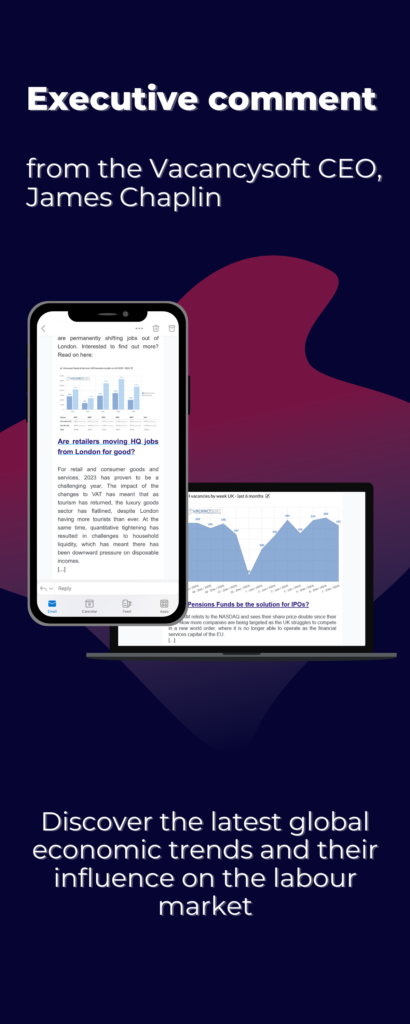Optimisation algorithms in business

A previous market insight piece introduced several problems which are typical for both maths and business. Among them were the knapsack problem, the travelling salesman problem, and the nurse scheduling problem. You might encounter them on a regular basis. For example, have you ever needed to choose which parts of a business you should invest in, while needing to stay within budgetary and time constraints and, of course, to obtain the highest revenue? Do you work in an environment where staff work in shifts (perhaps a call
In this market
Simulated Annealing
The method is inspired by metallurgy, where in order to increase the quality of a material it is heated up significantly and then its temperature is decreased gradually. The big advantage of the algorithm is the possibility of avoiding the local optimum, i.e. a solution which is better than the previous solution but still not the best possible solution. To give a simplified description of the process we can say that the algorithm contains the following three stages.
- Selecting the start temperature and a first random solution.
- Setting up a loop, which is then active until the temperature has reached its minimum or the ideal solution has been found.
- Within the loop mentioned in the previous
stage we choose the solution which is the closest to the previousone, and then compare both of them. If the new solution is better than the previous one, we accept it.
Ant Colony
This is another algorithm the creation of which was inspired by something we can observe in everyday life: ants finding the shortest path to food. While moving, ants leave a trail of pheromones behind them. A stronger trail means that more ants have already taken that path, so the route is more trustworthy. The pheromone trail fades over time, but the shorter the path, the longer the pheromone trail remains. Therefore other ants are more likely to use it. The algorithm consists of these steps:
- Creating ants. The point from which ants will start their journey depends on the specifications of the task. All ants can start from the same point, which will mean that that point is known to be the optimal starting point. In other
cases the ants should start moving from different points. At thisstep we also set the initial level of the pheromone, so it doesn’t have a zero value at the starting point. - Finding the solutions.
- Updating the pheromone levels according to the solutions.
By using the algorithms described above we can find the solution which will require the least energy and will be the most profitable one. In terms of business, “least energy” would mean the most effective combination of time, money and labour, and “most profitable” is the maximum profit for the firm.
Of
Nowadays IT is developing rapidly and offers far more computing power and many open source technologies. The market is moving towards less intuitive and more science-based decision-making. Companies are introducing
Recruitment Industry Insights is a free Market Intelligence Tool that can help you to become a thought leader in your niche, increase your brand awareness, and attract clients. Read about this free Market Intelligence Tool here.
Author: Elli Vitchynova
Marketing Executive
@Elli_Vit


